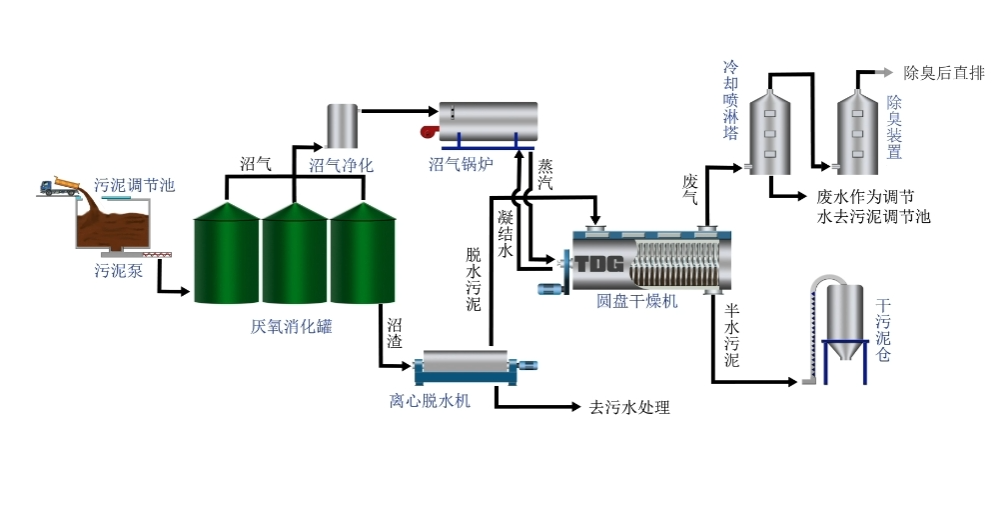

BLOG
What is the best way to Kitchen sludge drying?
What is the best way to Kitchen sludge drying?
17 August 2023
In the realm of waste management, finding efficient and eco-friendly solutions is paramount. One such challenge faced is the proper drying of kitchen sludge. In this blog, we will delve into the best practices for kitchen sludge drying, discussing methods that are not only effective but also environmentally responsible.
Understanding Kitchen Sludge Drying
Kitchen sludge, a byproduct of wastewater treatment, contains organic matter and moisture that need to be removed before disposal. Proper drying reduces the sludge's volume, making it easier and less costly to handle and dispose of.

Key Approaches
1. Mechanical Drying:
This method involves using mechanical processes like centrifugation or filter pressing to remove excess moisture from the sludge. It's efficient and suitable for larger facilities.
2. Thermal Drying:
Thermal drying methods such as drying beds, fluidized bed dryers, and drum dryers utilize heat to evaporate moisture from the sludge. These methods are effective but may require more energy.
3. Solar Drying:
Harnessing the power of the sun, solar drying systems use sunlight to evaporate moisture from the sludge. It's a sustainable and cost-effective option, particularly in sunny climates.
Benefits of Effective Drying
1. Reduced Volume:
Proper drying significantly reduces the volume of kitchen sludge, making transportation and disposal more efficient.
2. Pathogen Reduction:
Drying also helps in killing harmful pathogens present in the sludge, rendering it safer for handling and disposal.
3. Resource Recovery:
Dried sludge can be repurposed as compost or used in agricultural applications, contributing to resource sustainability.
4. Environmental Impact:
Efficient drying methods contribute to minimizing the environmental footprint of waste disposal.
Choosing the Right Method
The choice of drying method depends on factors such as the scale of operations, available resources, and environmental considerations. Larger facilities might opt for mechanical or thermal drying due to their capacity, while smaller establishments may find solar drying more feasible.
Environmental Responsibility
While drying kitchen sludge is essential, it's equally important to prioritize methods that align with sustainability goals. Opting for energy-efficient methods and exploring avenues for repurposing the dried sludge can contribute to a greener waste management approach.
Conclusion
Effective kitchen sludge drying is not only a necessity but also an opportunity to make strides in waste management efficiency and environmental responsibility. By adopting the appropriate drying method and considering sustainability factors, we can move towards a cleaner, greener future.
Stay connected with our blog for more insights into waste management practices and sustainable solutions. For more information on optimal kitchen sludge drying techniques and to stay updated on the latest advancements, follow our blog and join the conversation.



